Nepal, a country of multi-ethnicity and traditions bound by brotherhood and love, embraces various cultures and festivals. One of the major festivals celebrated in Kathmandu is Indra Jatra, which is also known as the Kumari festival.
It is celebrated for 8 days, and the whole celebration is vibrant as the air is filled with positivity and energy. The beat of the drums and other traditional instruments provides calmness to one’s ear.
Indra Jatra and Kumari festival is celebrated to thank Lord Indra for bringing rain and ensuring a prosperous harvest. Mainly, the Newar community celebrates this festival as ‘Yenya Punhi’ with great belief and enthusiasm.
“Yen” means ‘Kathmandu’ and “ya” means ‘celebration’. Together, it means “Celebration of Kathmandu” in Nepal Bhasa. The name “Indra Jatra” only became popular afterwards.
In this blog, we shall dive into the origin story, history, and facts of Indra Jatra, along with the main demons and deities of this festival. We will also talk about other traditions and dances practiced throughout the 8 days of this festival. So, be sure to read until the very end!
Facts About Indra Jatra
|
Festival |
Kumari Jatra, Yenya Punhi |
|
Observed by |
Nepali Hindus and Buddhists |
|
Observations |
Masked dances, Chariot Processions |
|
Main Deities and Demons |
Lord Indra, Goddess Kumari, Lord Ganesh, Lord Bhairav, Lord Vishnu, Dagin, Pulu Kisi, Sawa Bhuku, Mahankali, Majipa Lakhey |
|
Begins (Lunar/Newar Calendar) |
Bhadra Sukla Dwadashi (the twelfth day of the bright moon) / Yanlāthwā Dwadashi |
|
Ends (Lunar/Newar Calendar) |
Ashwin Krishna Chaturthi (the fourth day of the dark moon) / Yanlāgā Chaturthi |
|
Processions (jatra) |
Kumari Jatra, Upaku Wonegu, Dagin |
|
Exhibitions |
Lord Bhairava, Lord Indra, Dashabatar |
|
Masked Dances |
Pulukisi (Elephant Dance), Majipa Lakhey, Sawa Bhaku, Mahakali Nach |
|
Days of celebration |
8 days |
|
Main purpose |
|
|
Food and Beverages |
Samay Baji, Aila, Thow |
The History and Origins of Indra Jatra
There are different layers to the story of Indra Jatra, and each one of them is interesting.
Do you know that this Jatra actually started after a god was captured by the local people? Yes, you heard it right! Allow me to get into the details.
How it All Started: Legend of Lord Indra’s Capture
According to a myth, many years ago, Kathmandu Valley used to be flooded with rainwater during the monsoon season. Its fertile agricultural land faced serious problems in sustaining proper cultivation.
Somewhere around this time, the mother of Lord Indra (Aditi aka Dagin in Newari) asked him to pick up 'Parijat’ (night-fowering Jasmine) for a ritual. Indra, agreeing to his mother’s request, descends to Earth on his divine mount (an elephant named Airawata aka Pulu Kisi).
When Indra couldn’t find it anywhere else, he came to Kathmandu (then known as Kantipur). He transformed into a human form and left Airawata in a safe place nearby. Luckily, he spotted this flower in a local farmer’s garden.
As he was about to pick a stem, the farmer mistook him for a thief. He shouted for help, and the local neighbours came to his rescue. They captured Lord Indra and questioned him about his whereabouts.
Despite Lord Indra’s efforts to explain to them who he really was and why he was plucking the flower, people didn’t believe him. Instead, they kept him on display as a form of punishment.
This portrayal of Lord Indra is still shown every year in the jatra.
 Even Airawata was caught, as he did not seem like an ordinary elephant. Due to anger, panic, and distress of not being close to his master, he freed himself and started damaging the fields in the valley.
Even Airawata was caught, as he did not seem like an ordinary elephant. Due to anger, panic, and distress of not being close to his master, he freed himself and started damaging the fields in the valley.
Dagin, worried about her son, descended to Earth herself. She somehow found Indra and requested the locals to free him. At first, the people were reluctant to do so but finally came forward with two deals.
One deal was to replace rain with mist. This was a smart way to save the crops from heavy rain in the valley.
And the second deal was to send every person who died that year to heaven. Just to let you know: Lord Indra is known as the “god of heaven and rain”, so this request was actually possible!
There was no other option, and Indra’s mother had to agree to both deals.
You just learned about the mythology of the jatra and the legend of Lord Indra. Now, let me tell you when the Jatra started, how people celebrated it, and how the Jatra has evolved till now.
How Indra Jatra Evolved: Chariot Processions and Masked Dances
It was King Gunakamadeva who started the Indra Jatra festival in the 10th century in Kathmandu as a cultural and religious event, honoring Lord Indra and remembering the deceased.

During that time, the festival used to be celebrated with the ceremonial raising of a wooden pole called the Yosin, worship of Lord Indra, a masked Dagin (Indra's mother) searching for her son, masked dances of Pulukisi aka Airawata, and Upaku Wonegu (honoring the deceased).
The major part of the Indra Jatra celebrated today, including the Lakhey dance and different chariot processions (like the one of living goddess Kumari), was actually only introduced in the 18th century.
It was when King Jaya Prakash Malla ruled over Kathmandu. He made the festival a nationwide street event with the introduction of chariot processions of Lord Ganesh, Lord Bhairav, and Goddess Kumari, along with other masked dances in the valley.
The festival is still celebrated in the same way to this day. You can experience the crowded routes, excitement on the people's faces, dance performances, and other rituals being practiced throughout the 8 days of the festival.
Deities and Demons in Indra Jatra
You might ask, Who is Kumari? What is a Lakhey dance? How did they end up being a part of the Jatra? Apart from them, you can even see many god-like figures in the streets during the Jatra. Let me explain.
Goddess Kumari
Kumari, the living goddess, is worshipped by both Hindus and Buddhists. People believe that she receives the power of Kali and is the human representation (incarnation) of the Goddess Taleju.

In the Buddhist belief and tradition, Goddess Kumari is believed to be a manifestation of a female deity, Bajra Devi.
However, it was not a random decision to introduce Kumari in the festival. There is a whole other story to it involving the last king of the Malla dynasty, Jaya Prakash Malla.
The legend has it that the deity Taleju visited the rooms of the king as a lovely lady during the night to play a game of dice. Seizing the opportunity, the king asked her advice on matters of the state, but he had to promise the goddess not to talk about their meeting to anyone.
One particular night, the king's wife followed him into his room and found out about his secret conferences with the deity. As soon as Taleju realized her presence, she furiously left.
A few days later, Goddess Taleju appeared in his dream and revealed that she would be reborn as a living devotee in the body of a young girl from the Shakya or Bajracharya clan of Ratnawali.
Ever since then, a young girl aged 2 to 5 is selected from the mentioned caste of the Newari-Buddhist community as Goddess Kumari.
However, this child possesses the power until the deity Taleju leaves her body after menstruation or any injury or disease that causes blood loss. When this happens, she is considered ‘impure’ and another girl has to be selected.
You see, it was Jaya Prakash Malla who began the Kumari tradition and was also the one who constructed the "Kumari Ghar", where the living goddess still resides.
Lord Ganesh and Lord Bhairav
Besides Goddess Kumari, the chariot processions also include two other living deities, Lord Ganesh and Lord Bhairav.

Lord Ganesh is known as the son of Lord Shiva, a god of wisdom and also the lord of beginnings. In the Nepali household, it is often seen that whenever any kind of worship and ceremonies are practiced, people worship the statue of Lord Ganesha first before moving to the next idol.
On the other hand, Lord Bhairava is said to be a fierce manifestation of Lord Shiva and is known to be the god of strength and the destroyer.
While Kumari is a female child, Lord Ganesh and Lord Bhairav are young boys who are selected from the Shakya clan when they are just infants. Their attire is similar to that of Goddess Kumari. However, after the end of the festival, Kumari is confined to stay in the Kumari Ghar, while Lord Ganesh and Lord Bhairav can go home with their respective families.
Both Lord Ganesha and Lord Bhairav are roamed around just like Kumari in their own separate chariots. And all three of the deities are worshipped with equal devotion!
Majipa Lakhey
Another exciting highlight that people enjoy at this festival is the dance of a demon. Yes, a demon named Majipa Lakhey that roams around the valley this time of the year!
The story of Majipa Lakhey dates back many centuries. He was first known as a demonic entity who fell in love with a Newari girl. Their love became so deep that it brought a major transformation in him.
He vowed to give up his carnivorous appetite in exchange for the protection of the children and the valley. The love made the scary-looking Majipa Lakhey go from a flesh-eating demon to a peaceful and divine child-protecting demon.
Some time later, to test his vow, the King of that time sent a child (named Jhyalincha) to taunt the demon inside of him. Lakhey chased the boy but didn't harm him, proving his loyalty to his oath. Looking at the devotion to his promise, even the king was pleased, letting him stay and protect the valley.

During Indra Jatra, many streets of the valley are decorated with a huge pyramid of Samay Baji. A person portraying the role of Lakhey consumes some amount of this Newari platter as a part of the ritual. This denotes his act of devotion to not being a flesh-eating demon anymore.
You can see different lakheys in other cities as well, but the main one is Majipa Lakhey in Kathmandu’s Indra Jatra. There is no selection process, voting, or an election for the role, but the responsibility of becoming the demon in the festival is passed down through generations.
Since Lakhey is seen as a protector of the city and the children, only those men from the Newar community who are capable of wearing the heavy mask and costume can fulfill this role.
Pulu Kisi (Airawata)
Airavata, a white elephant, is the divine mount (“vahana”) of Lord Indra. Mostly known as Pulu Kisi by Newars, it plays a vital role in the festival.
As mentioned earlier, when Lord Indra came to Kathmandu in search of Parijaat, he had kept his divine mount in a secret place. But when Airavata couldn’t find his master, he ran around the streets. This demonstration can be seen in the Indra Jatra festival as a form of dance performance.

That secret place where Airawata was kept is called Kilagal. You‘ll also find a ritual house dedicated to him here. Inside the house, you can see an elephant mask, signifying the head of the Airawat, and a bamboo-framed body covered with a cultural white cloth, which represents the body.
This bamboo-framed body is also known as “Pulu,” and “Kisi” means “Elephant” in Newari. Collectively, it is known as “Pulukisi”, meaning an elephant-shaped body made from bamboo, who is taken out only during the Indra Jatra festival for rituals and performances.
Two to three youths from Kilagal get inside the Pulu to make it run. Some other people control it from the outside, guiding proper direction through the crowd. This is how Pulukisi runs around the streets, demonstrating the aforementioned story and entertaining the crowd during Indra Jatra.
Dagin (Indra’s Mother)
Along with other deities, you can also witness Dagin (Lord Indra’s mother) in the Indra Jatra festival. As the myths say, after Lord Indra was captured by the locals of the valley, Dagin came to Kathmandu.
Her act of searching for Indra is displayed at the festival as well. She is portrayed by a person wearing a traditional reddish attire (with a gold pattern), white cloth wrapped around the waist, and a white mask. Her arms are spread wide, demonstrating the search for her son. Some locals even hold the idol’s hand and help navigate her through the crowds of the streets as a part of the act.
What More Can You Experience in Indra Jatra?
Besides the depiction of gods and demons, many things take place in this great 8-day festival. Cultural music, Samay Baji decoration, chariot pulling, and more!
Yosin: Sacred Pole of Indra Jatra
If you search ‘Indra Jatra’ on the internet, you’ll likely find images of a long wooden pole at Basantapur. Let me tell you that it’s a ceremonial pole raised in honor of the Hindu god of rain, Lord Indra.

The erection of the pole resembles the connection between Heaven and Earth and also marks the beginning and official start of this 8-day celebration.
However, different people address the wooden pole differently. Some call it Lingo, while others call it Indradhoj Linga. Mostly in the Newar community, it is known as Yosin or Ya sin.
A few days before the start of Indra Jatra, a Sal tree from a jungle of Nala (a region that lies in the Bhaktapur and Kavrepalanchok districts) is cut down and brought to Kathmandu. It is dragged all the way by the Manandhar clan and safely kept in Basantapur.
Four to five days before the Jatra, Yosin is prepared with a banner/flag of Lord Indra at the top and secured with ropes and bamboo scaffolding, ready to be raised.
Two days before the main Indra Jatra day, locals, with the support of Nepal Police, pull the rope to erect the pole under precise rituals. This day is also known as Yosin Thanegu, which means raising the wooden pole, indicating the beginning of the festival.
Note that each year the pole is changed. So, its weight and height vary, though it is generally estimated to stand around 60 feet tall. It stays erect until the very last day.
When the ceremony is completed on the eighth day and the gods and goddesses are brought back to their respective shrines, the pole is lowered using the same ropes. After the last rituals are done, Yosin is dragged into the Bishnumati River, concluding the end of the Indra Jatra festival.
Political Traditions in Indra Jatra
The political presence has long been seen since King Jaya Prakash Malla introduced Kumari in the festival. Following his reign, it became a tradition for the king of Nepal to receive a vermilion blessing (Red Tika) from the living goddess.

This practice continued for a long time, eventually becoming a major part of the festival. It symbolized the king's right to rule and spread blessings for the year ahead.
In 2008, when Gyanendra Shah was dethroned, declaring the country a federal democratic state, the tradition of the red tika was passed on to the head of the state (President). These days, many high-ranking government officials participate in this ceremony held in Kathmandu Durbar Square.
Gurju Ko Paltan
Another important involvement in the festival is that of the Gurju ko Paltan. They are a group of soldiers who participate in various festivals in the valley, including Indra Jatra, Dashain (Fulpati day), Machhindranath Jatra, Fagu Purnima (aka Holi), Basanta Panchami Jatra, etc.
These soldiers have become a main part of the festival since the time of King Prithivi Narayan Shah. You can easily spot them wearing a black and white traditional uniform with an ethnic black hat containing a pendant logo of a moon (Chandra) at the front.

In Indra Jatra, these soldiers are seen in different ceremonies participating in the rituals. They raise their guns toward the sky in a gesture of saluting the gods and then pull the trigger (we know it as ‘gun salute’).
On the first day of the Jatra (when Yosin is raised), they fire the shots three times, along with the ritual and musical instruments being performed on the side. Two days later, when the chariots are ready to be pulled, they fire the shots again, marking the beginning of the chariot festival. Even on the last day, the soldiers fire the shots, marking the end of the festival.
Apart from firing, the Gurju ko Paltan are also engaged in escorting crowds when the chariots are pulled. They are seen in front of the chariot of Lord Ganesh, leading the ceremony. Next, the chariot of Lord Bhairav follows, and finally the chariot of Goddess Kumari.
Gurju ko Paltan is accompanied by youths playing ethnic musical tunes to add more excitement to the ceremony. This raw view of soldiers with chariots behind them is a melodic blessing to both your eyes and ears!
Lakhey Dance
Besides the music and the chariot pulling ceremony in the festival, you can also witness different masked dances on the streets. One of the main and most entertaining dances of them all is the intense Lakhey Dance performed by Majipa Lakhey, wearing a large and furious mask.

Thanks to Lakhey’s distinctively frizzy, long red hair and red dress, he can be easily recognized by anyone. You’re sure to feel mesmerized spotting Lakhey running through the crowds in Indra Jatra.
You can even see the act of his vow to leave the carnivorous diet at the festival. The symbolic chase with Jhyalincha is shown on the streets, entertaining the crowds.
Lakhey chases Jhyalincha, but this little boy manages to escape a couple of times. A few times, the demon actually catches the boy, but as he is bound to his oath, the demon doesn't harm him and lets him go.
Mahakali Naach
It is not a new thing to witness dances of gods in the streets of Kathmandu. During the festive season, you can see numerous performances, and among them is another interesting dance called the Mahakali Nach, also known as Devi Pyakhan.

The story of the dance is based on a Hindu Purana called “Mahakali Mahalaxmi”. As per the story, three of the eight deities (Kumari, Mahalaxmi, and Mahakali) protect the eight directions of Kathmandu valley, along with their ghost followers.
When the demons in Kathmandu Valley were spreading great misery to the locals, these deities came down to Earth, fought, and defeated them to stabilize peace and order.
This story of good defeating evil is shown on the streets during Indra Jatra. Overall, the choreography of this dance is very entertaining and captivating. My personal favourite is the last scene where all the divine Goddesses together kill a demon called Rakta Veer.
Mahakali Nach is practiced twice every year: first during Gai Jatra in Bhaktapur and second in the Indra Jatra festival (around a month later). It’s usually the same dancers who have been performing for quite a long time now.
Sawa Bhakku Nach
A famous dance group from Halchok, based on the western side of the Kathmandu Valley, performs the unique Sawa Bhuku Nach, aka Aakash Bhairav Nach. It merges with the Mahakali Nach during the festival and also reflects the theme of protection and purification.

Following the drumbeats, the dance starts from Hanuman Dhoka and includes masked dancers representing God Akaash Bhairav in blue attire and his two attendants, Kumari and Chandi, in red attire.
After performing in the major places of the city, the dance concludes after the dancers receive offerings from devotees.
Dashavatar on Display
In Indra Jatra, you also get to see the presentation of ten incarnations (or avatars) of the Hindu god, Lord Vishnu.
The 10 incarnations are in this order: Matsya, Kurma, Varaha, Narasimha, Vamana, Parsuram, Ramchandra (or simply Ram), Krishna, Gautama Buddha, and Kalki.
During the display, different performers portray distinct incarnations of Vishnu, wearing appropriate costumes and ornaments.
Honoring the Deceased (Upaku Wonegu)
As the above story says, Dagin accepted the offers of the farmers and sent back Lord Indra to heaven, along with the lost souls.
Over time (around the Licchavi era), this belief turned into an annual tradition among the Newar community called ‘Upaku Wonegu’. And every year on the first day of Indra Jara, those who have lost their loved ones in the past year complete a religious circle along the following route:
Bhimsenthan > Bhagwati Bahal > Kanga > Naradevi > Raktakali > Chhatrapati > Thahity > Jyatha > Kamalachi > Bhotahity > Maha Bauddha > Newroad Gate > Tebaha > Sundhara > Bagdurbar > Bhotebahal > Ganabahal > Lagan > Hyumata > Kohiti.
Families of the lost souls hum traditional rhymes, carry incense sticks, and light up butter lamps on a small clay pot, placing them on the streets as a symbol of sympathy, love, kindness, and remembrance. This procession can last up to four hours!
Even masks of Bhairav are placed in different places that represent the route for Upaku Wonegu. Once the ceremony is complete, these masks are carefully preserved and protected by the respective Guthi (Newari social system) until the following year.
While initially started by the Sayamis (Manandhar), Uraya (Tuladhar, Kansakar, and others), and Gurjus (Shakyas and Bajracharya), later other Newa clans (like Maharjans) also became a part of Upaku Wonegu.
Bau Mata: The Sacred Snake Procession
Bau Mata is a portrait of holy snakes made from bamboo and a row of oil lamps, which the Manandhar caste of the Newar community assembles. The suspended bamboo poles are carried on the shoulders by the local Manandhar clans and taken along the festive route.
There’s a myth that when Dagin was in search of her son, a few other communities were in the process of preparing Bau Mata. To be precise, when Dagin was in Thaneyaa (the upper city), Bau Mata was prepared to be taken to Kwaneya (the lower city).
Because of this, the procession route of Dagin and Bau Mata is never aligned. Both are performed in the evening of the main Indra Jatra day (Day 3) at different times and on different routes.
Swet Bhairav and Pouring Alcohol
Another major attraction during the Indra Jatra festival is the local alcohol pouring from the mouth of Swet Bhairab’s statue using a spout. The crowd of people gathers to drink Tho (rice beer), considering it a holy religious offering.
Swet Bhairab basically depicts the most dangerous representation of Lord Shiva. The fierce mask of Swet Bhairab in Basantapur is kept hidden for the whole year and comes to life only during Indra Jatra.
Devotional Music, Traditional Instruments, and Worship at Temples
Festivals are all about music, celebrations, and happiness. You’ll hear many musical rhythms during Indra Jatra as well. Traditional musical instruments like the Dhol, Dhime, Jhyali, Tammal, Bassuri, etc. are used.

Different local groups perform different types of music. In fact, Lakhey has a different tune, Pulukisi has a different one, and the same is the case with the tunes near other chariots too. Besides, Newari youths bring their own musical genres too.
You can also hear songs sung by older generations who mostly take part in Upaku Wonegu.
On normal days, continuously walking for long hours is tiring and exhausting. But having experienced this ceremony myself quite a number of times, I have felt more relaxed on each occasion, especially when listening to Newari tunes.
How is Indra Jatra Celebrated in Kathmandu?
I’m sure you have gained a little knowledge about the history, connected deities, and other aspects of Indra Jatra by now. Now, let me take you on a journey on how it is celebrated and what things are done throughout these 8 days.
Before anything else, note that the Indra Jatra festival starts two days before the date mentioned in the calendar. There is no mistake there, but the only reason is that there are some rituals and ceremonies that need to be completed before pulling the chariots on the main day of Indra Jatra.
Day 1: Yosin Thanegu and Upaku Wonegu
The first day of the Indra Jatra begins early in the morning. With proper rituals and as per the auspicious timing, the ceremony of Yosin Thanegu is conducted early in the morning at around 5 to 11 AM.
This is what happens:
- Gurju ko Paltan fire shots at the sky.
- People erect the wooden pole.
- This marks the start of the Indra Jatra festival!
Another event on the first day is Upaku Wonegu, which is conducted in the evening. As the devotees walk in the streets of Kathmandu, they place small butter lamps in different places to remember the deceased. At a similar time, you get glimpses of Lakhey and Pulukisi dances too.
The same night, you can go and watch the Dashavatar ceremony in front of the Kumari Ghar, which is conducted throughout the 8 days.
Day 2
On this day, the dance performances of Lakhe, Pulukisi, and Sawa-Bhaku continue from the afternoon until night.
Also, the devotees of the deceased make offerings to Akash Bhairab at Indrachowk along with Swet Bhairab and Indra at Maru tole.
Day 3: Kwaneya, The Lower City (Main Day of Indra Jatra)
Now comes the starting day of the main chariot festival. This is the exact day marked in the calendar as “Indra Jatra”. As per rituals, Lord Ganesh, Lord Bhairav, and Goddess Kumari are seated in their respective chariots.
But before the chariots are pulled, the head of state and other higher officials come and pay their respects to Kumari, the Living goddess. Once the Gurju ko Paltan fires shots at the sky, the ceremony of the chariot pulling commences!
With the help of ropes, the chariots are driven by more than a hundred men around the historical places of Kathmandu Valley.
The first day of the ceremony is popularly known as Kwaneya. The chariot procession starts from Basantapur and ends in Basantapur, covering the lower city. It makes a circular tour of the major locations around. This is the exact route:
Basantapur > Maru > Chikanmugal > Jaisidewal > Lagan > Brahma Marga > Wonde > Hyumata > Kohity > Bhimsensthan > Maru > Basantapur
Along with the chariots being pulled, you can also observe masked dancers performing on the streets.
Even Dagin and Bau Mata processions are conducted but at different times and places, ensuring they don’t coincide.
Day 4: Thaneyaa, The Upper City
This is the second day of the chariot pulling ceremony and is called Thaneyaa. Unlike the main day of Indra Jatra, the chariots are pulled along another route known as the upper city. This is the exact route:
Basantapur > Pyaphal > Nyata > Naradevi > Tengal > Nhyokha > Asan > Kel Tol > Indra Chowk > Makhan > Basantapur
Even the masked dances and the Dashavatar are carried out during the evening.
Day 5 to 7
The next three days of Indra Jatra aren’t very essential and only a few people observe them.
But even on these days, the masked dances continue. So, if you’re interested, you’ll still be able to witness the Lakhey dance, Mahankali Naach, Pulukisi Dance, and Sawa Bhuku.
Day 8: Nanichaya Jatra and Yosin Kwathalegu
Nanichaya is one of the most happening ceremonies of the last day of the Indra Jatra. The same chariots that were pulled on Days 3 and 4 are pulled on this day too!
The difference is that only men pulled the chariots before, but on this day, the three chariots are pulled by women.
The route this day is also slightly changed:
Basantapur > Pyaphal > Nyata > Naradevi > Kilagal > Bedasingh > Indra Chowk > Makhan > Basantapur
Alongside Nanichaya, the act of "Hatu Hyakiu" or offering Thow (a local Newari rice beer) from Swet Bhairav’s mouth, also takes place.

Once the chariots are back, the ceremony of Yosin Kwathalegu takes place. The erected wooden pole is now lowered, marking the end of Indra Jatra and the Kumari festival.
After the pole is lowered, it is then dragged into the Bishnumati River.
Traditional Food and Drinks of Indra Jatra
The festivals and traditions here in Kathmandu are incomplete without food and beverages.
The most important of them all is Samay Baji, a platter of Newari food items that’s served during large festivals (like Indra Jatra itself) along with other ceremonies and occasions. Simply put, it is a platter of sweet and spicy Newari food items on a single plate.
Even the story of Lakhey connects with Samay Baji. In Indra Jatra, as a part of his vow, Lakhey gets to taste the food items decorated in the streets. He even distributes it to the local community, throwing it high up in the air as a ritual, which is an amazing scene in itself.
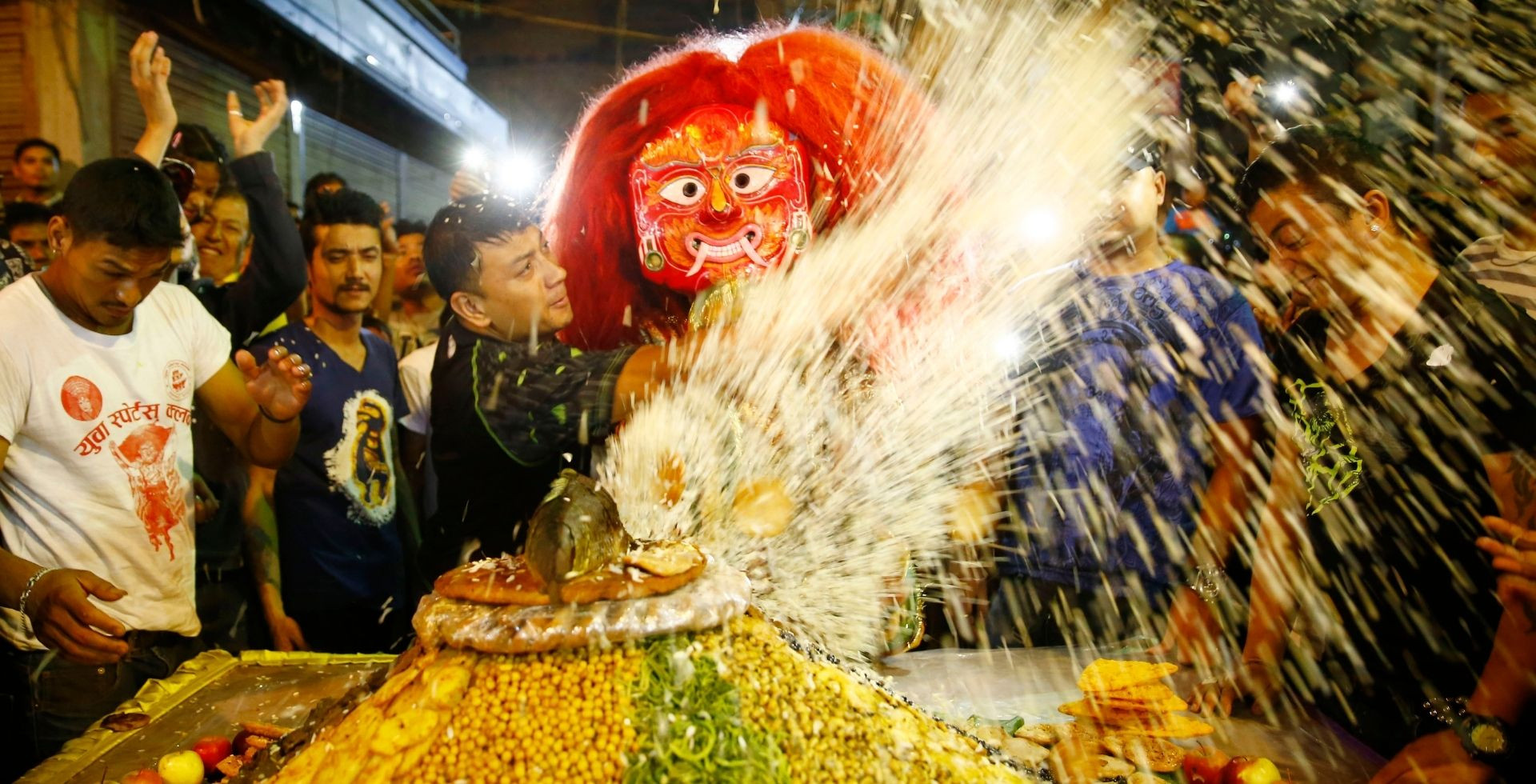 Not only food, Indra Jatra also includes some hard drinks authentically made in the Newar houses. These are made from rice and are so strong that even one pint can be enough.
Not only food, Indra Jatra also includes some hard drinks authentically made in the Newar houses. These are made from rice and are so strong that even one pint can be enough.
You can even see people drinking the homemade rice liquor known as Thon, coming from a straw pipe placed inside the Swet Bhairav statue’s mouth. The act is often taken as a divine offering and blessing for good fortune.
How is Indra Jatra Celebrated in Different Places?
Indra Jatra is not just celebrated in Kathmandu but also in other Newar cities of the country, mainly in Bhaktapur, Dolakha, and Dhulikhel.
Lakhey Nach, Pulukisi Nach, Yosin Thanegu, chariot processions, and every other ceremony are similar in all these places.

Note that while the main Goddess Kumari resides in Kathmandu, some other districts have their own Kumari who participate in different festivals (besides Indra Jatra) in their respective cities.
However, there are slight differences for sure. For example, in Bhaktapur, the devotees bathe at Siddhapokhari and worship the image of Indrayani. The locals call the festival Siddhapokhari Mela, and even the wooden pole has a different name—"Yama Dyo" (or "Yambo: Dho").
It’s also seen that Nepalese living abroad celebrate this festival with great joy. While the rituals might not be exactly the same, they do ensure the essence of the celebration is correctly portrayed.
Masked dances like the Lakhey dance and the Pulukisi dance are performed, and even the chariots are pulled. People also light candles to remember the lost ones and organize Newari feasts.
There are many international organizations that host such events abroad, ensuring that Nepalese abroad do not forget their culture and customs.
A Tourist’s Guide to Experiencing Indra Jatra
There is a saying in Nepal, “Atithi Dewa Bhawa,” which literally means “Guests are our Gods,” and the safety of our guests is the priority. We appreciate your presence in our country any month of the year, but if you happen to be visiting Nepal during the festive season (especially Indra Jatra), then you have come here at the right time!
As the festival is of a vibrant and energetic nature, it also comes with some chaos, which might not be for everybody. To tackle that, here are some tips on how to peacefully observe and get the best experience of Indra Jatra in Kathmandu:
Do’s
- Be extremely cautious when walking in crowds.
- Visit early in the afternoon as most processions and ceremonies are conducted during this time.
- Choose a higher spot, preferably in a nearby rooftop restaurant or the stairways of the temples.
- Be respectful of the rituals.
- Carry a water bottle and stay hydrated.
- Locate chariots and masked dances using specific GPS apps.
Don’ts
- Do not carry expensive things in the streets during the festival.
- Do not take photographs or use professional cameras/drones without special permission, especially inside the temples.
- Do not interrupt masked dances or the processions.
- Do not go very near the sacred figures.
Join Us for the Next Indra Jatra and Kumari Festival
Indra Jatra falls either in late August or September. This is the time that indicates the change in season, from Monsoon to Autumn. The festival also marks a cultural stepping stone towards another big festival, Dashain, followed by Tihar.
Along with locals, many foreign tourists also love to participate in this vibrant festival. Some enjoy from a distance, while others immerse themselves in the crowd, having the best experience of their lives!
Without a doubt, Indra Jatra is one of the most vibrant, crowded, and energetic festivals you will ever come across. It’s one festival that you wouldn’t want to miss when visiting Kathmandu Valley.
Whether you want to get close-up shots of the living goddess, enjoy the dances of the deities and demons, or try traditional foods, Indra Jatra festival has everything to offer! In fact, our team at Altitude Himalaya have also worked on different packages related to the Indra Jatra Festival Tour. Do check them out, and we’d love to serve you on your next visit to Nepal!
And in this series of Altitude chronicles, we post similar kinds of blogs, related to food, culture, and informative guides that might interest you. So, stay updated with us and bookmark our site for future reference!

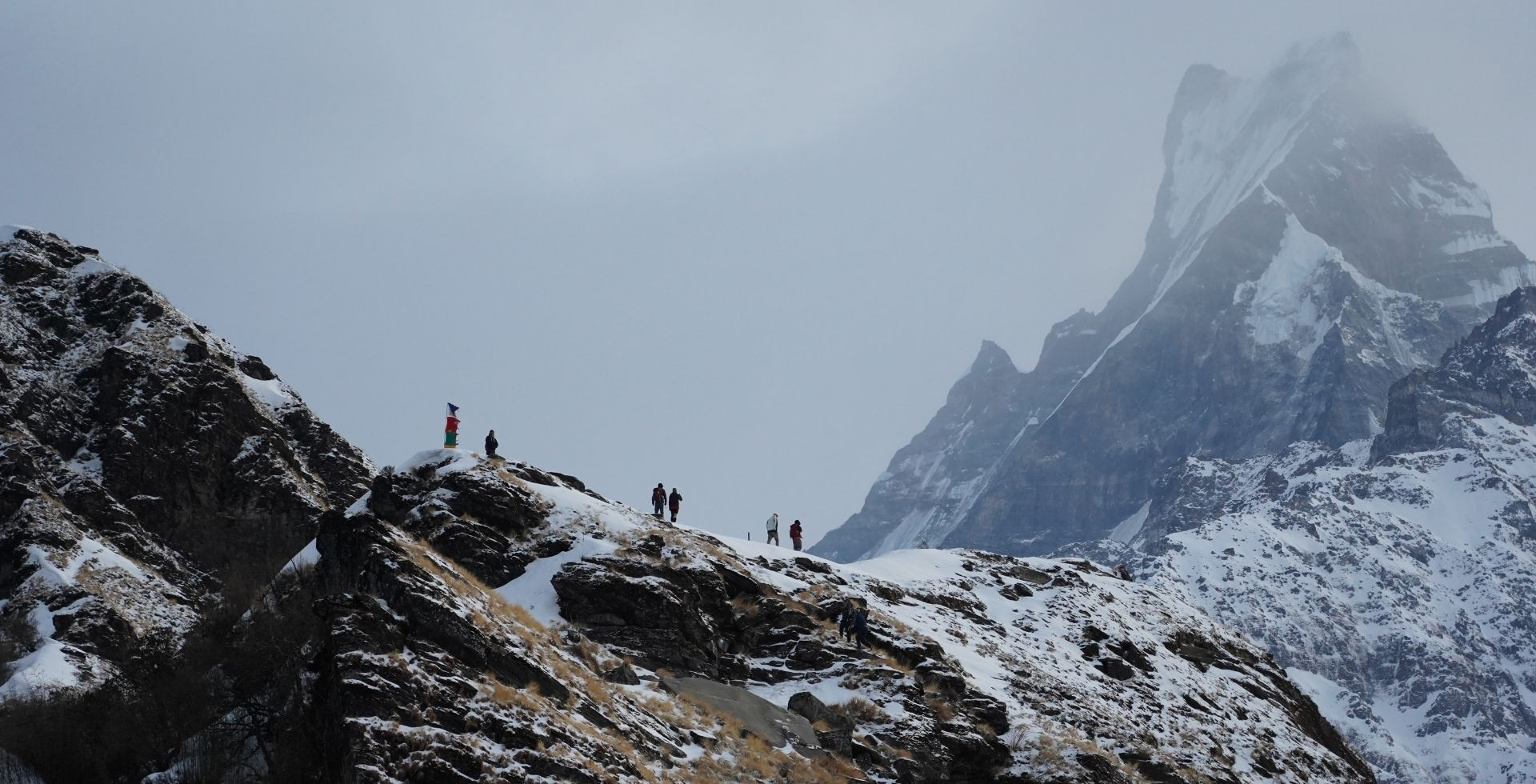
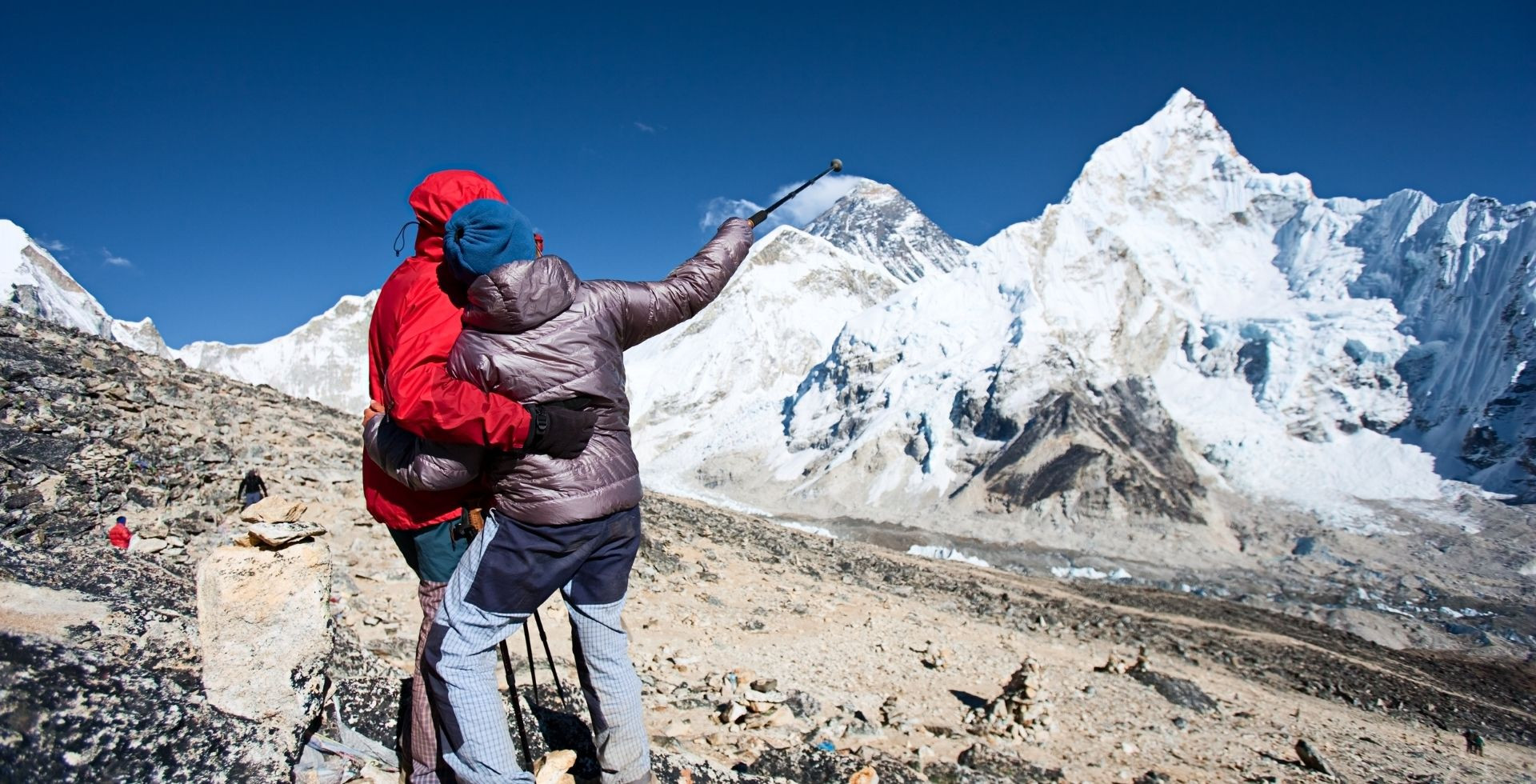
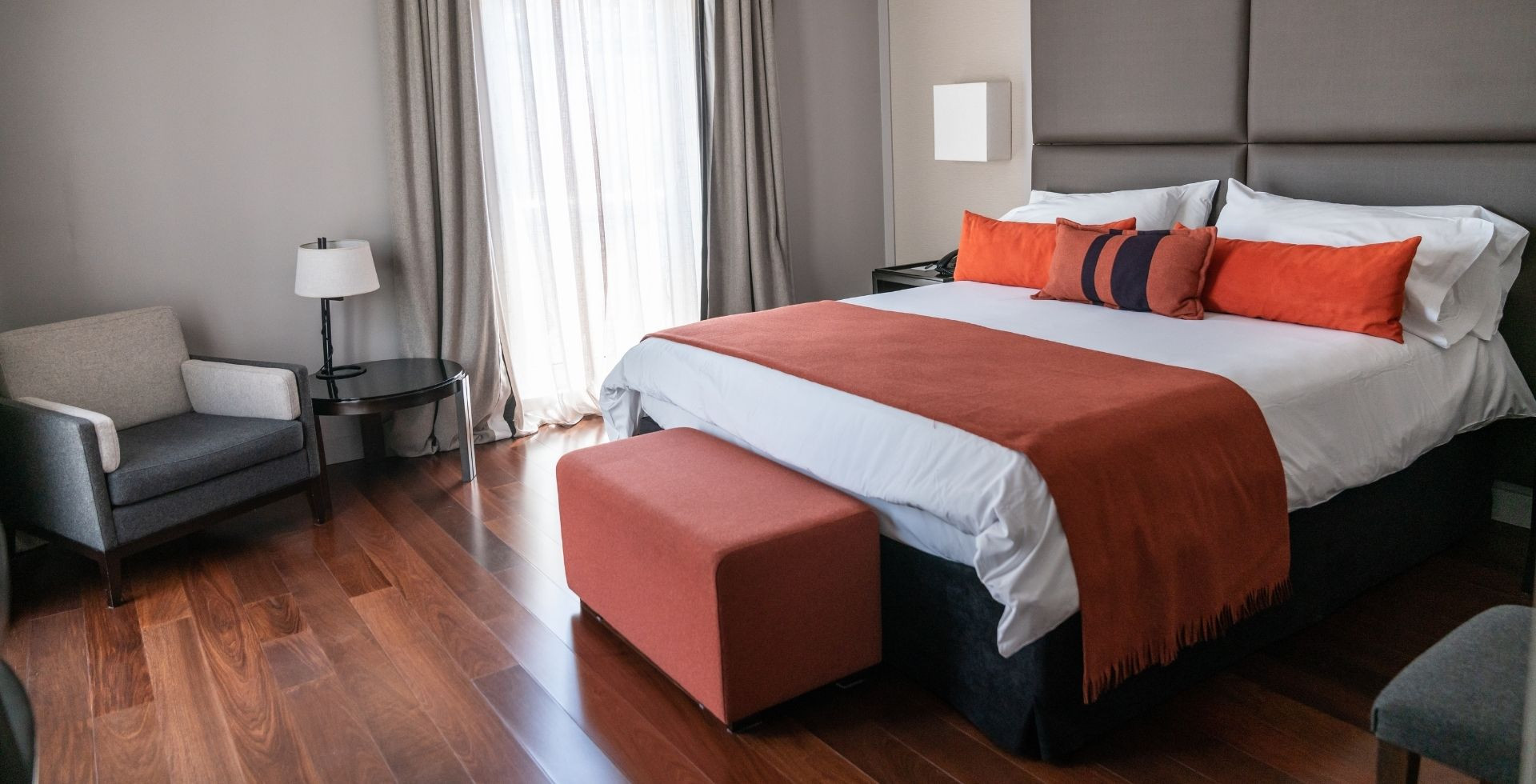
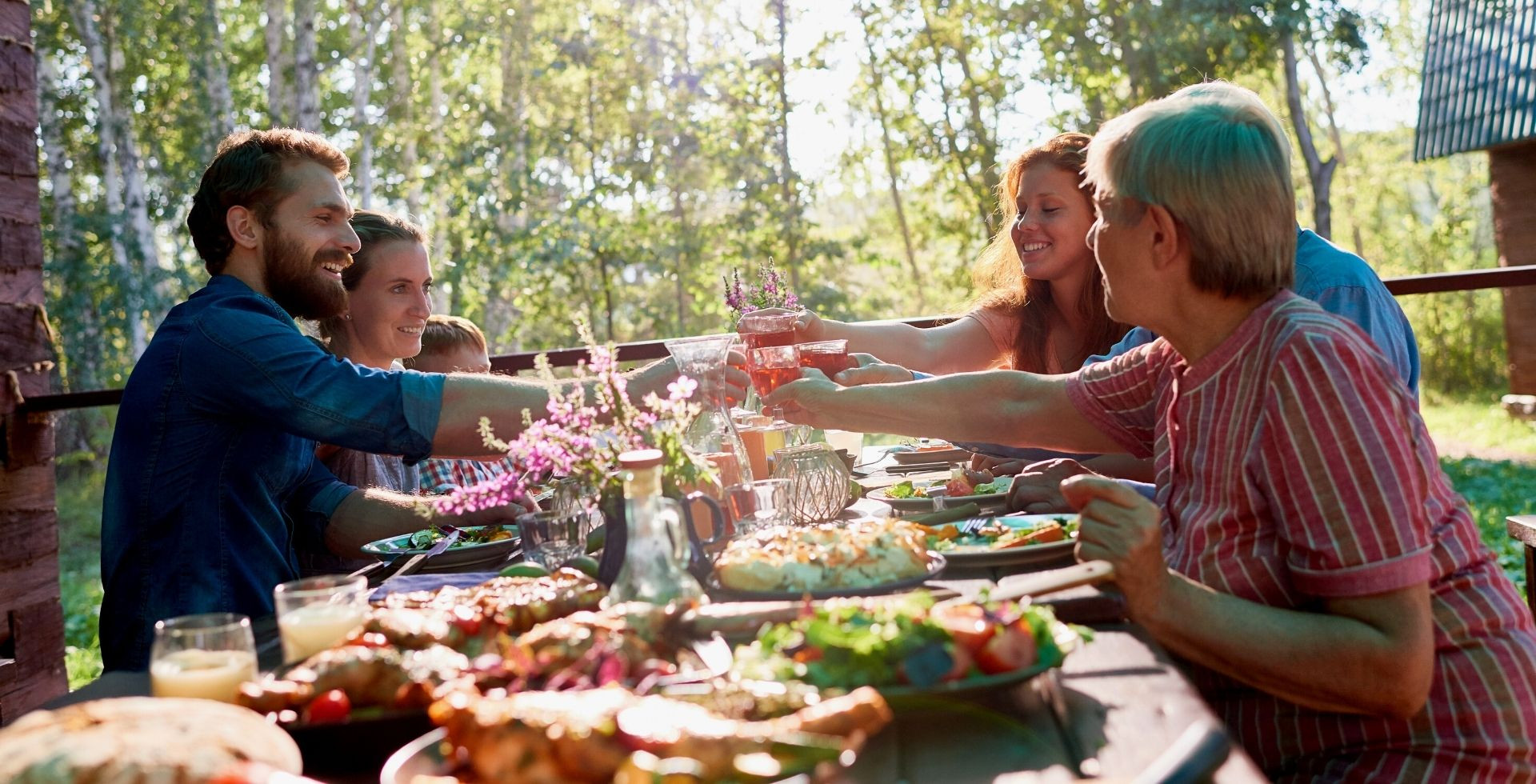
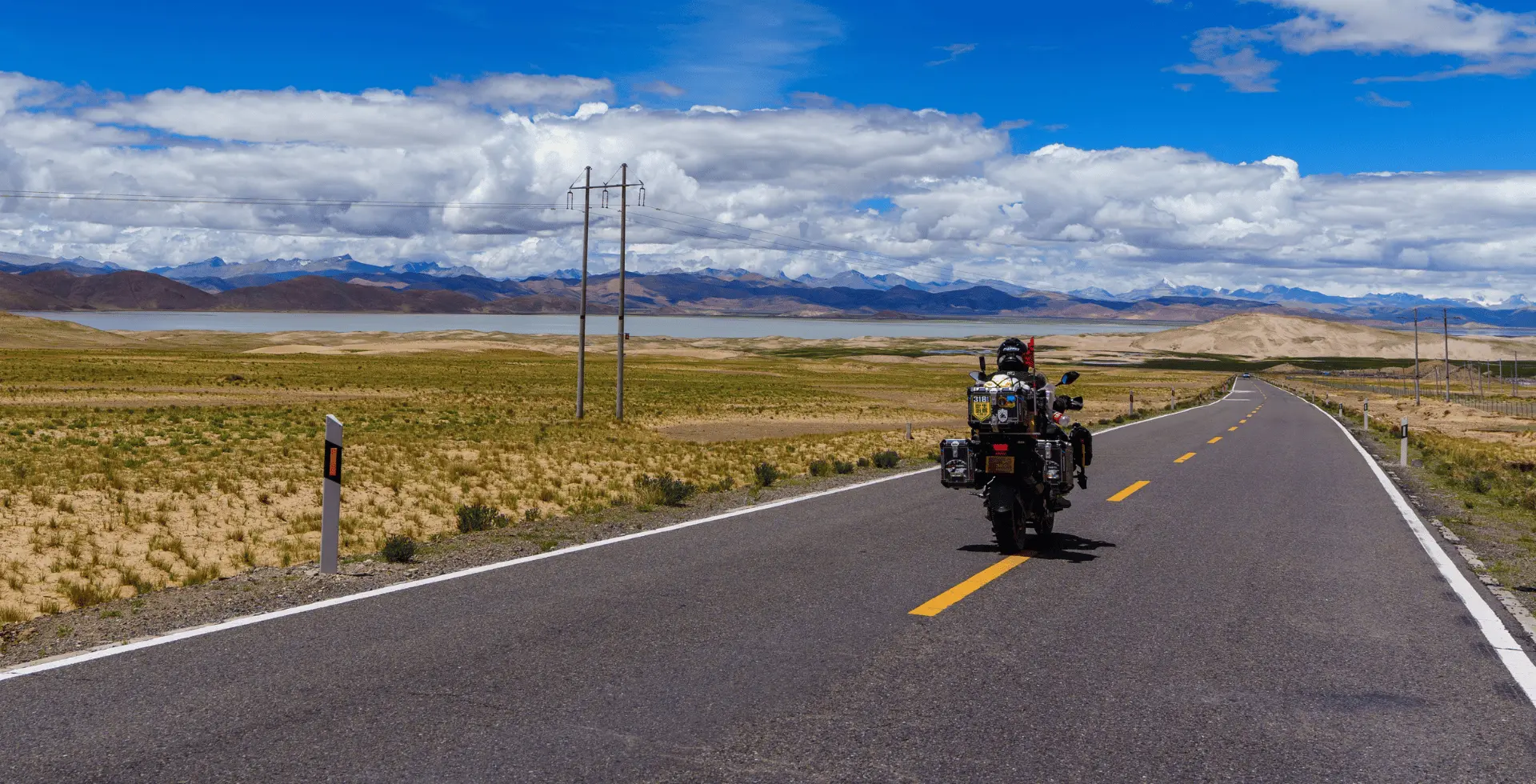
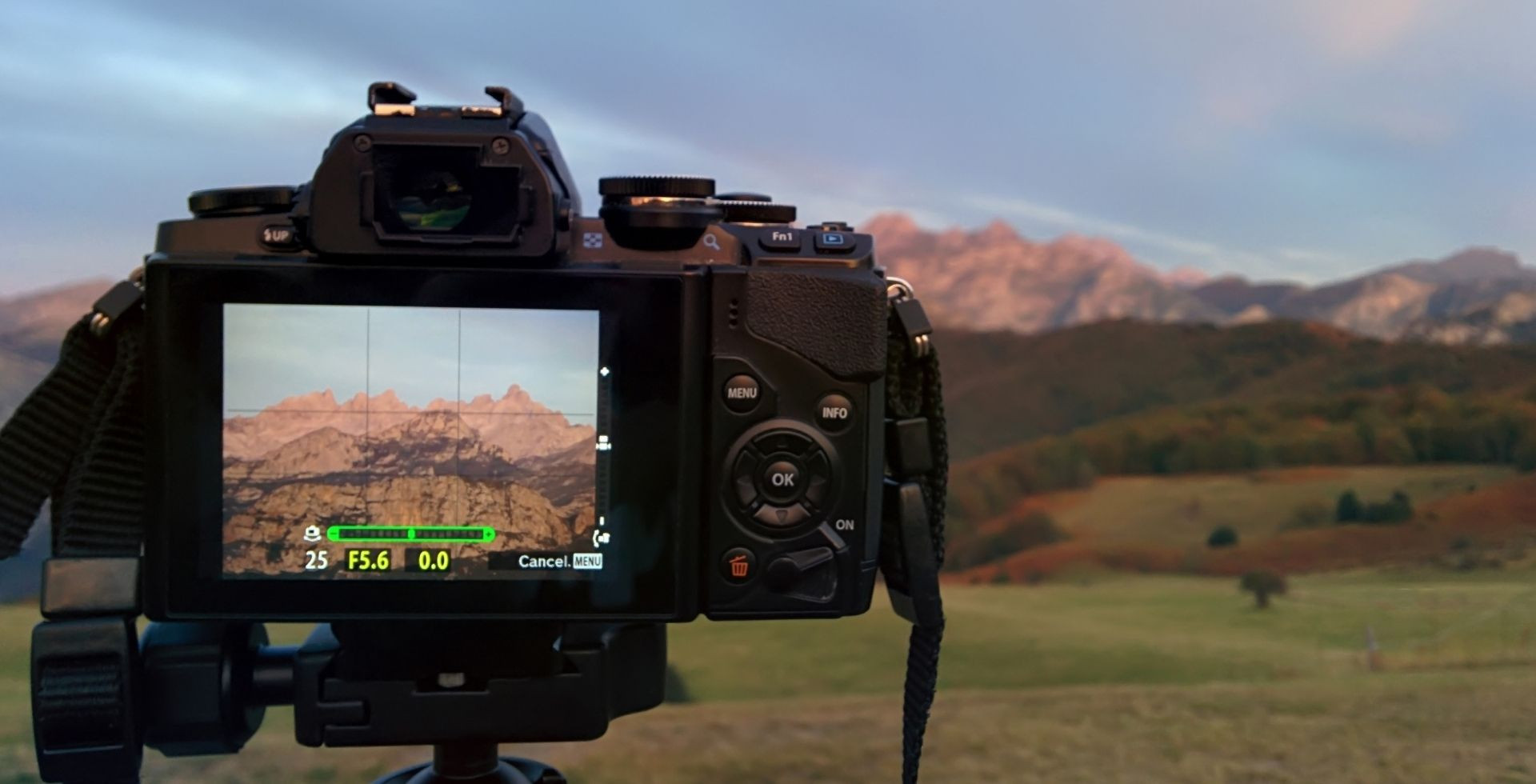
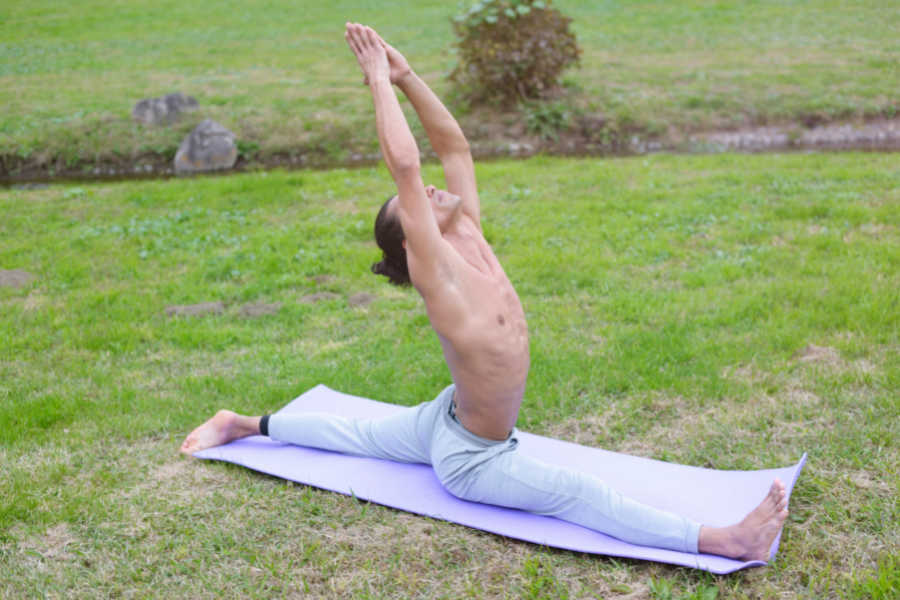
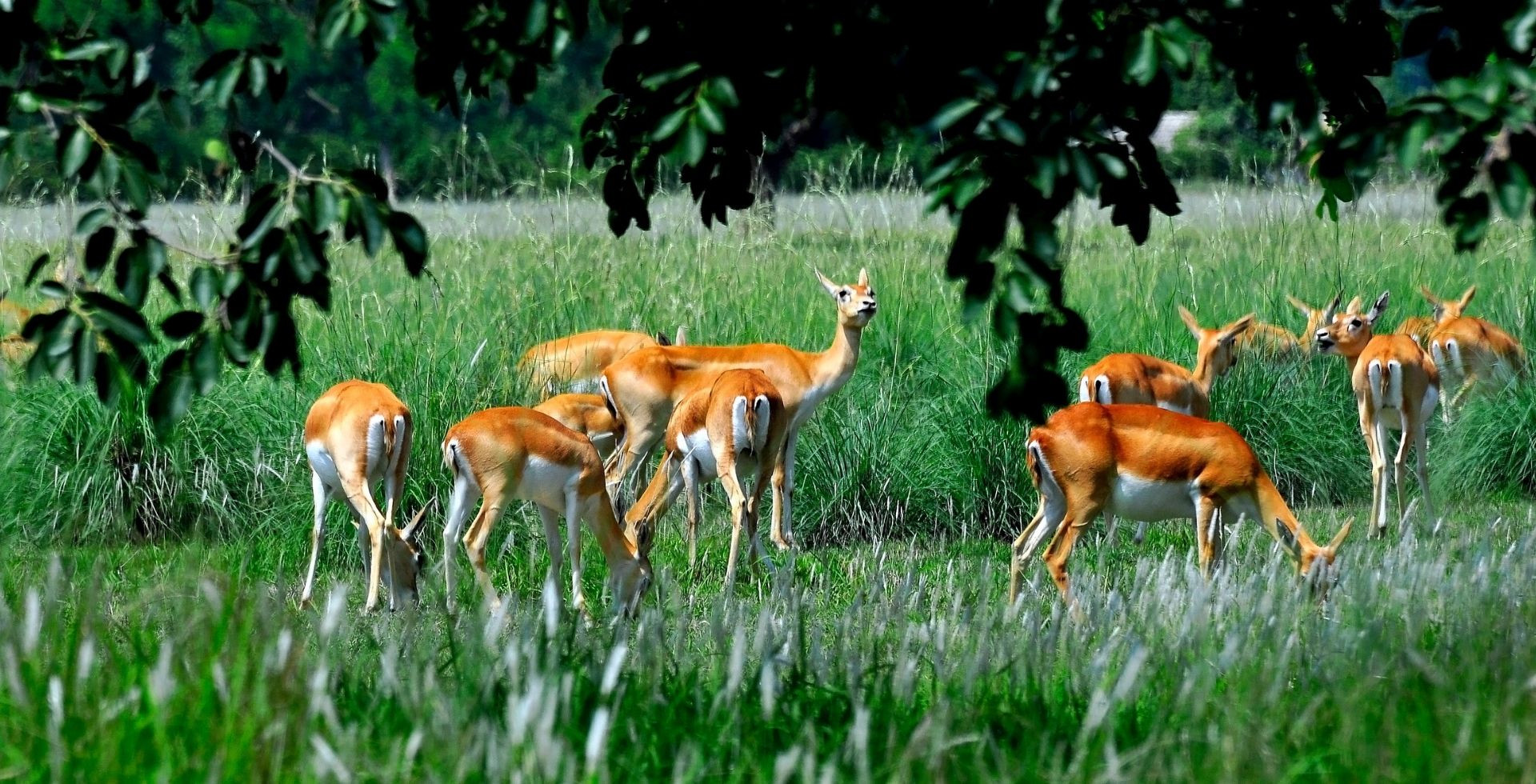
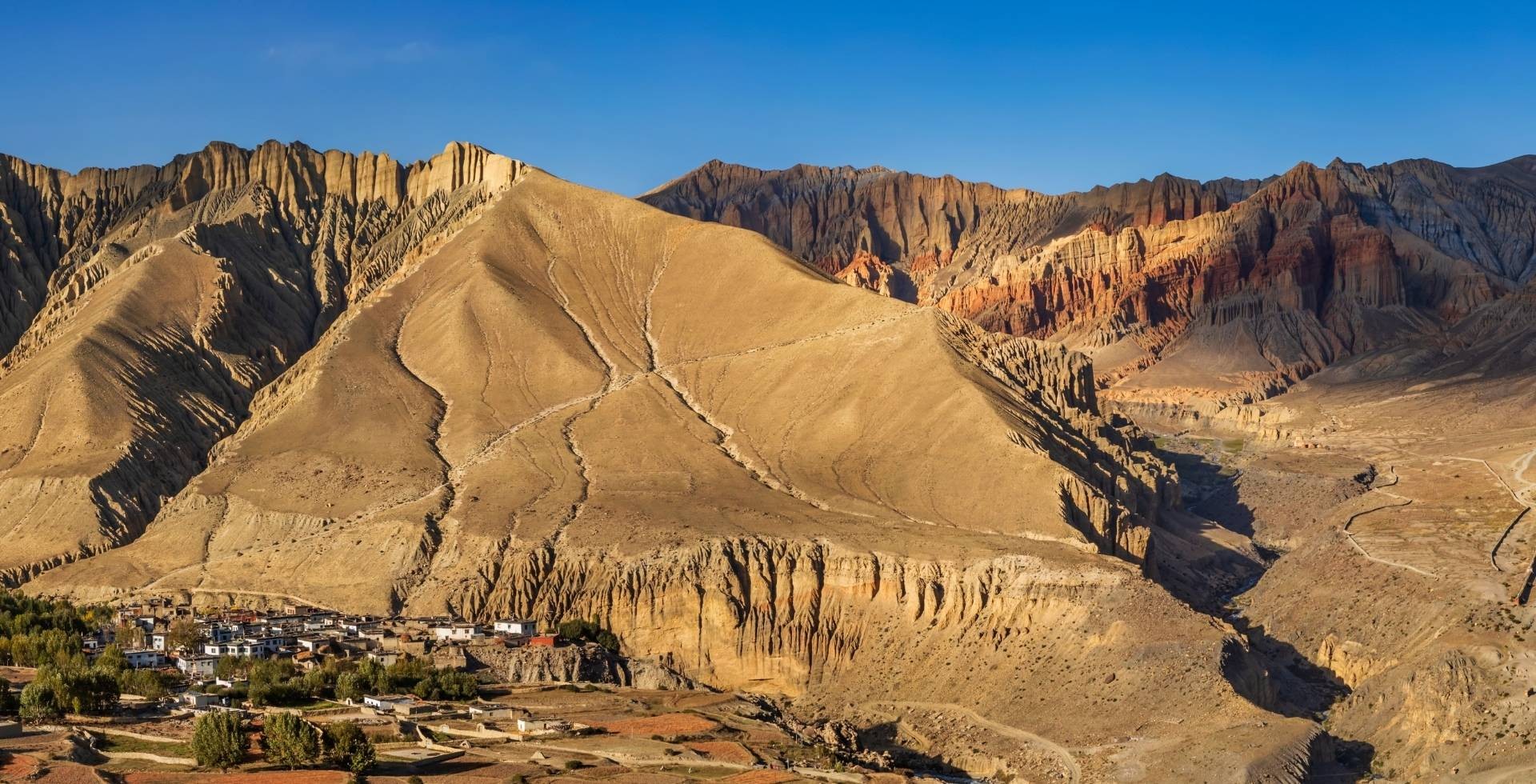
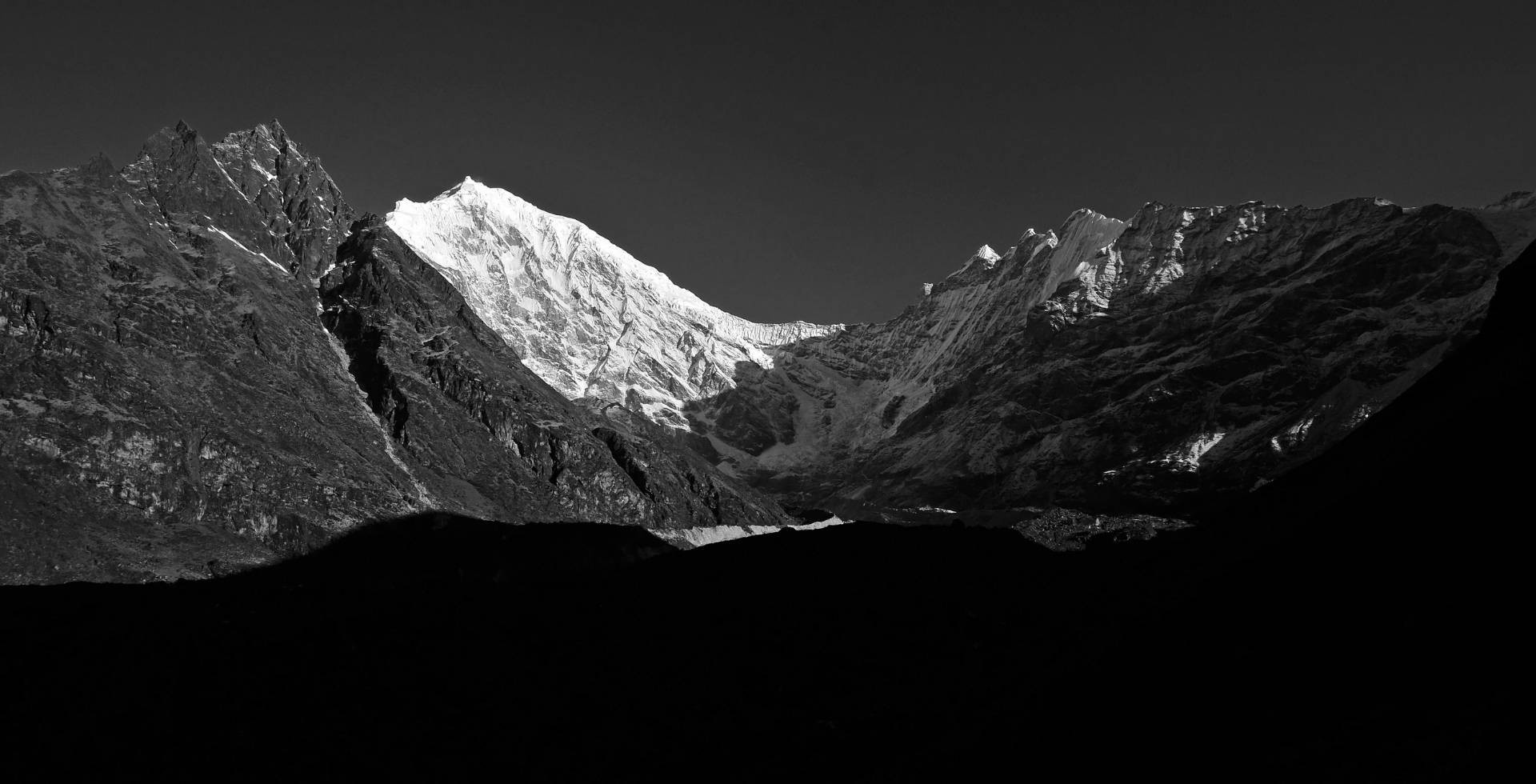
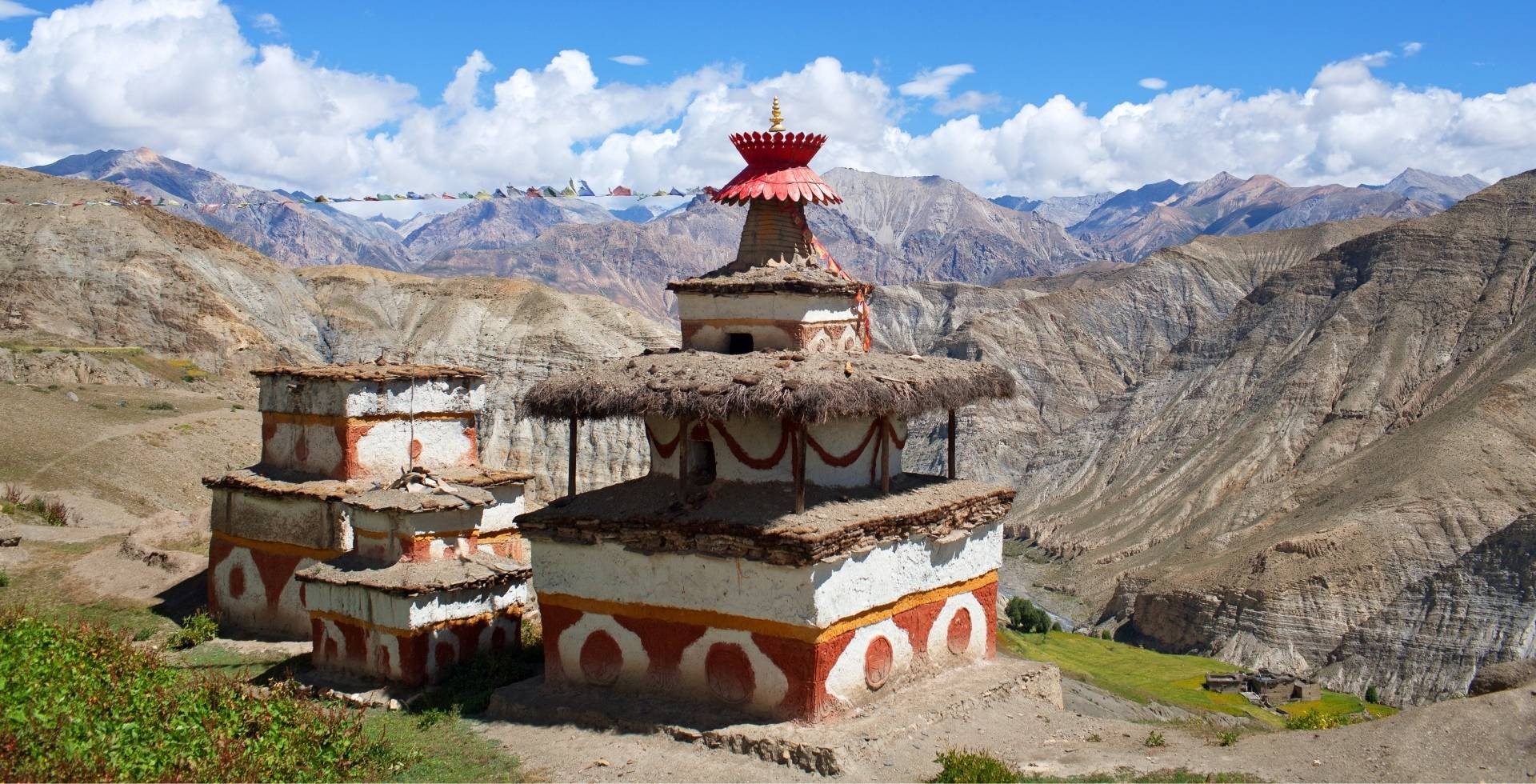
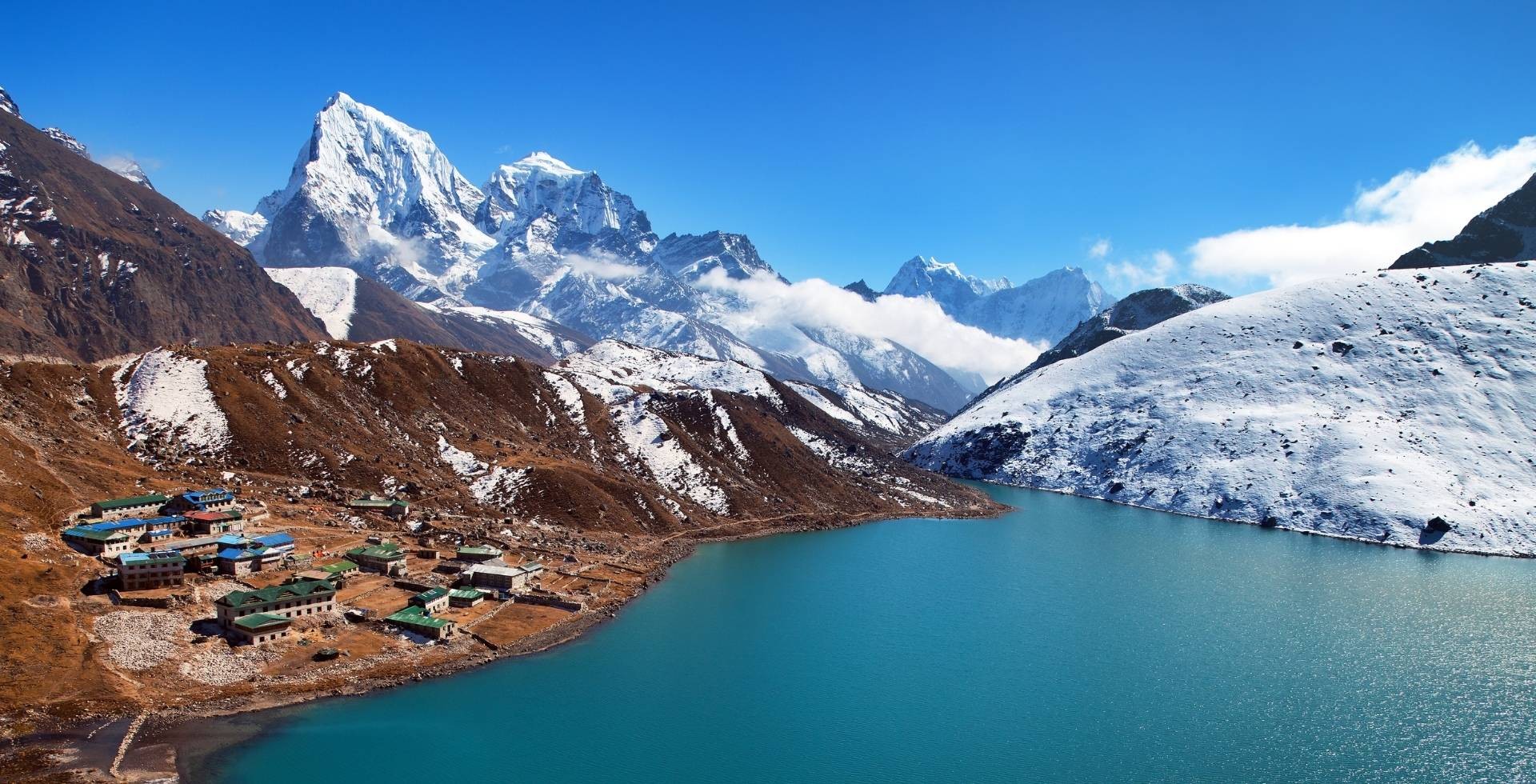
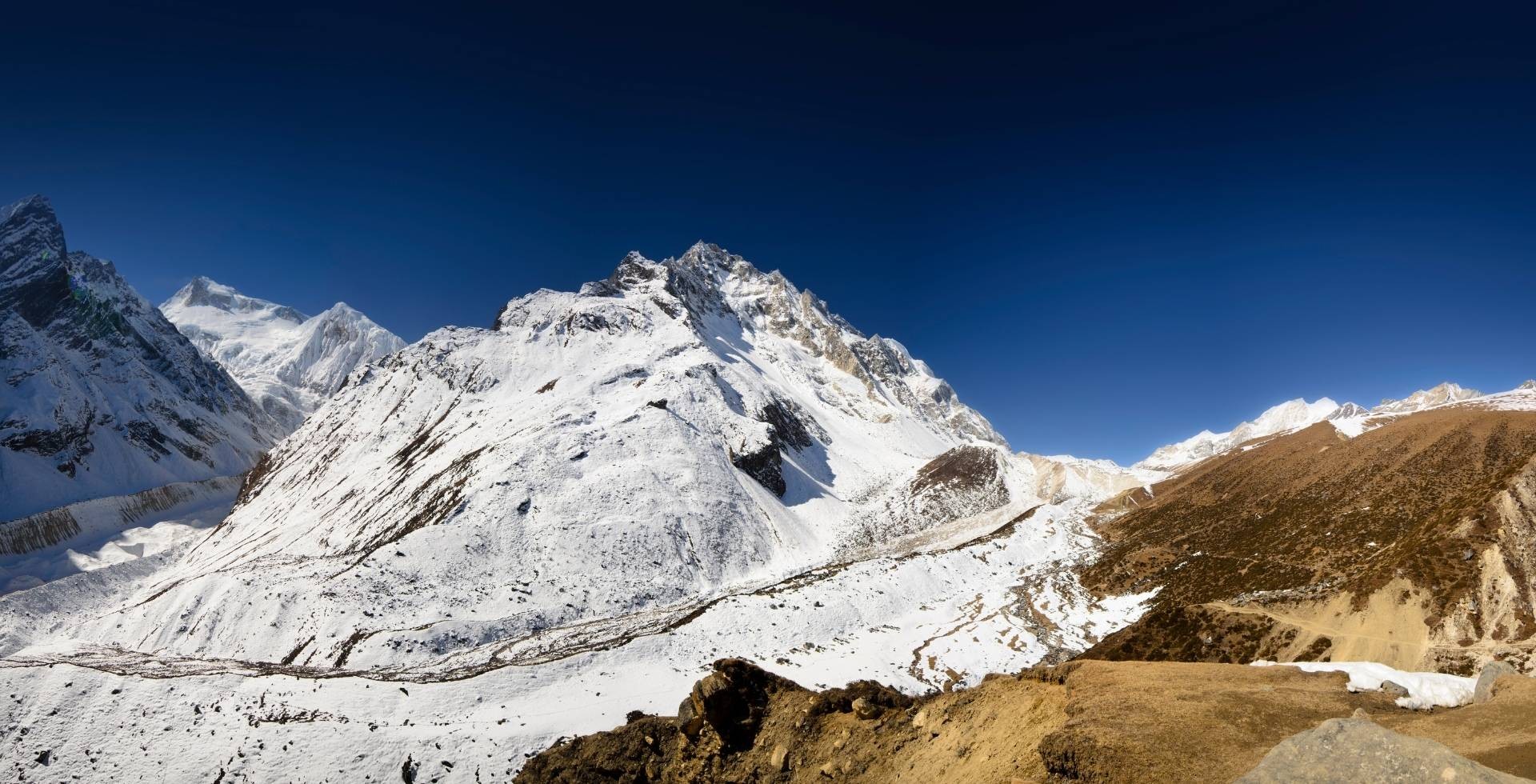
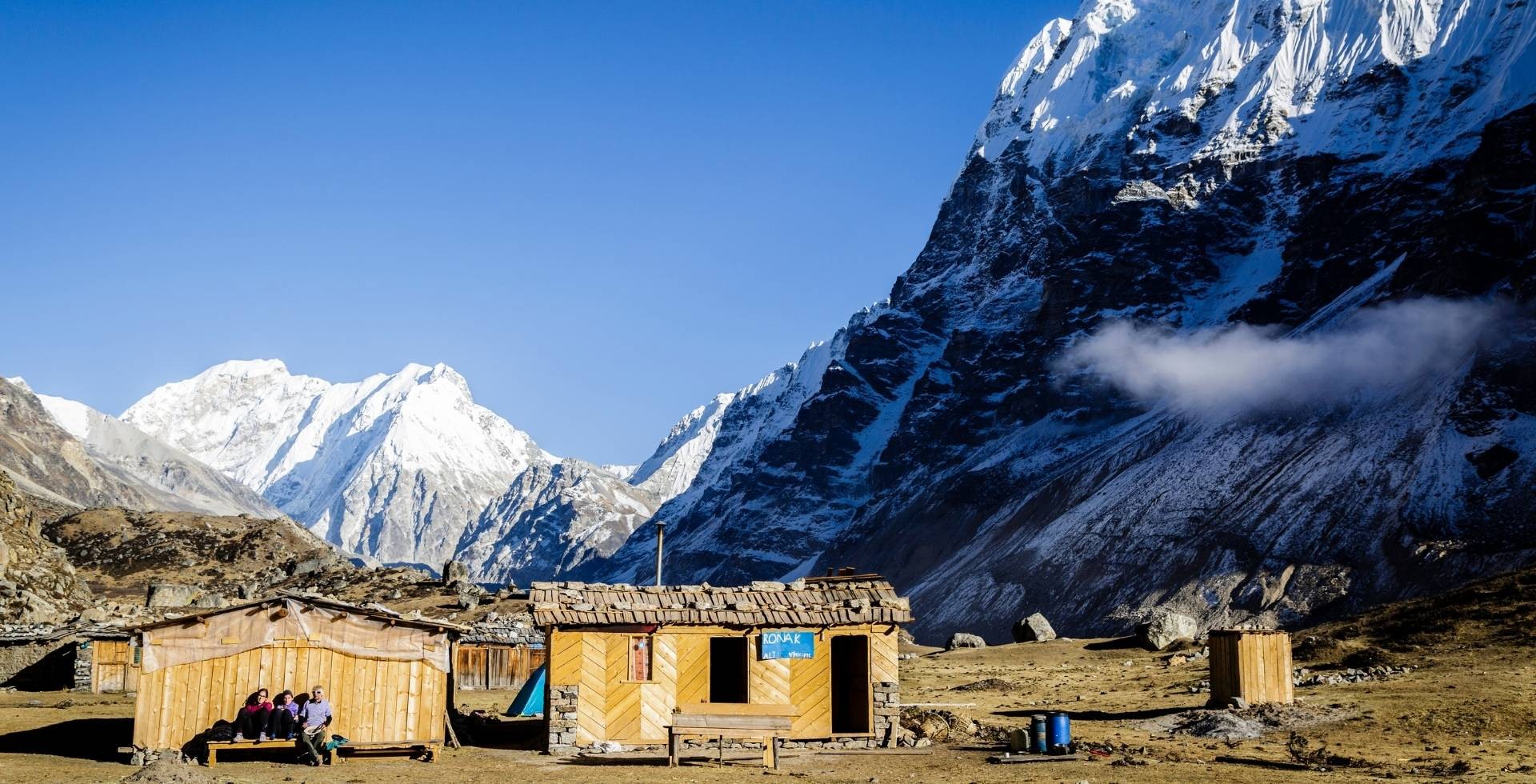
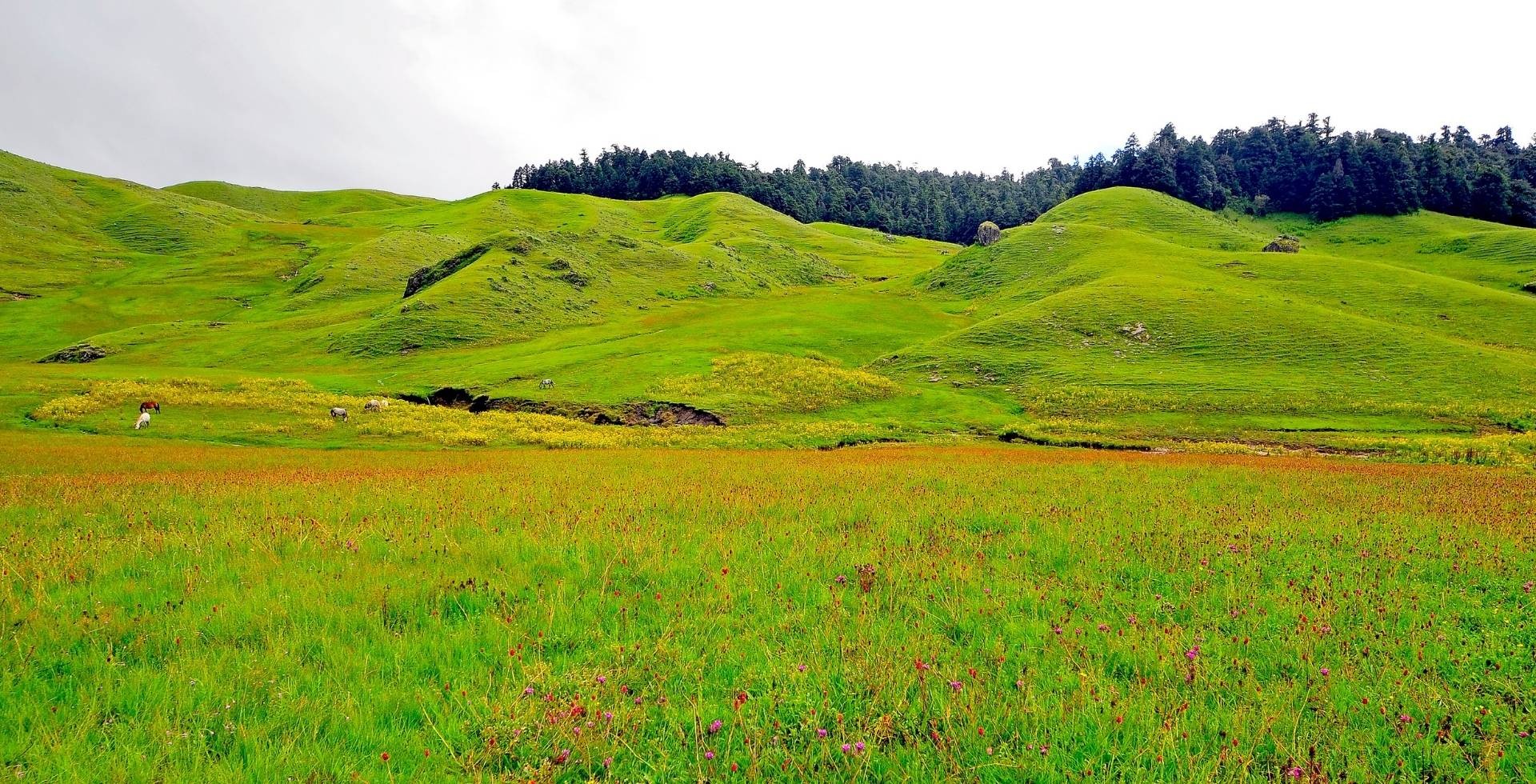
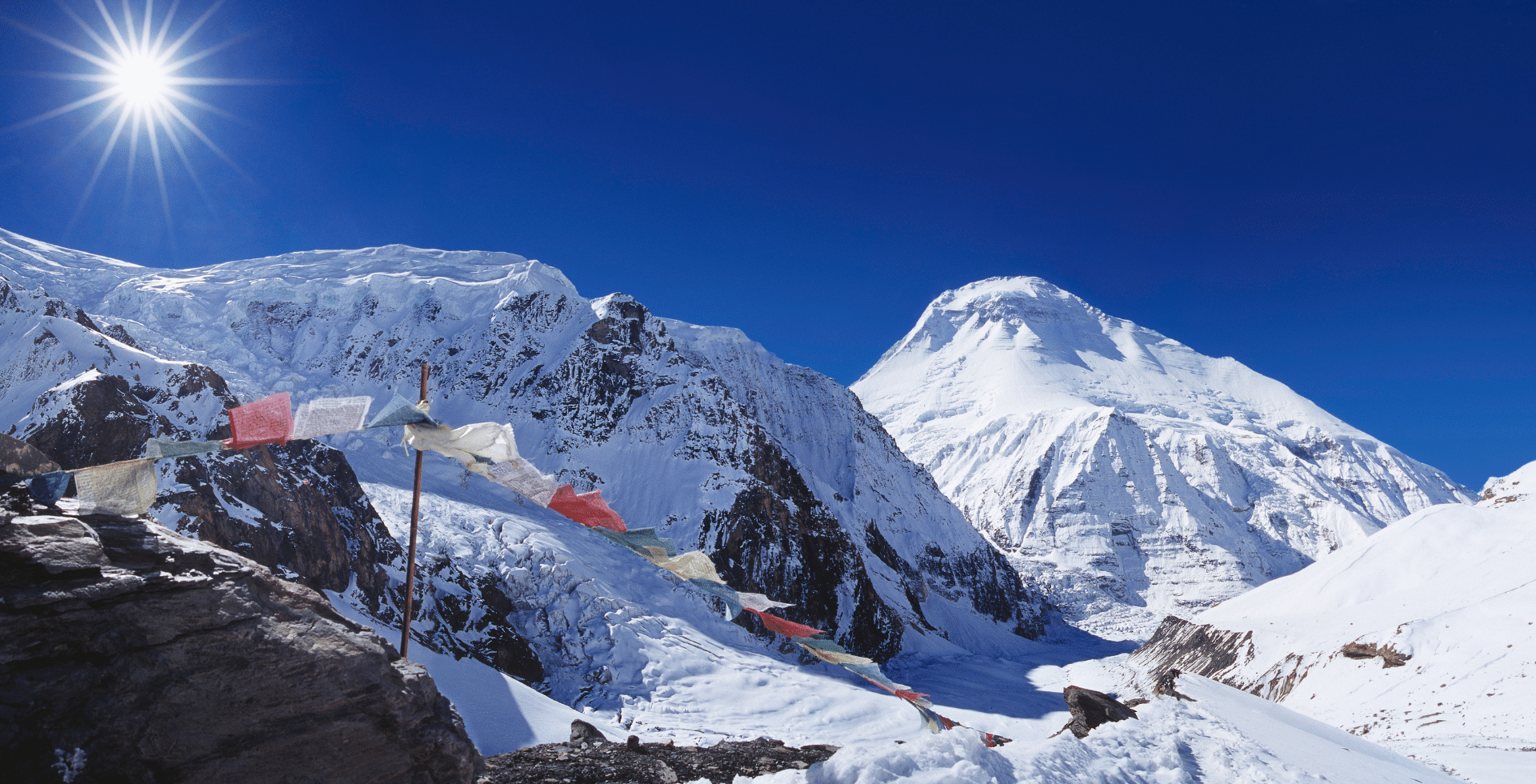

 Rijen Manandhar
Rijen Manandhar